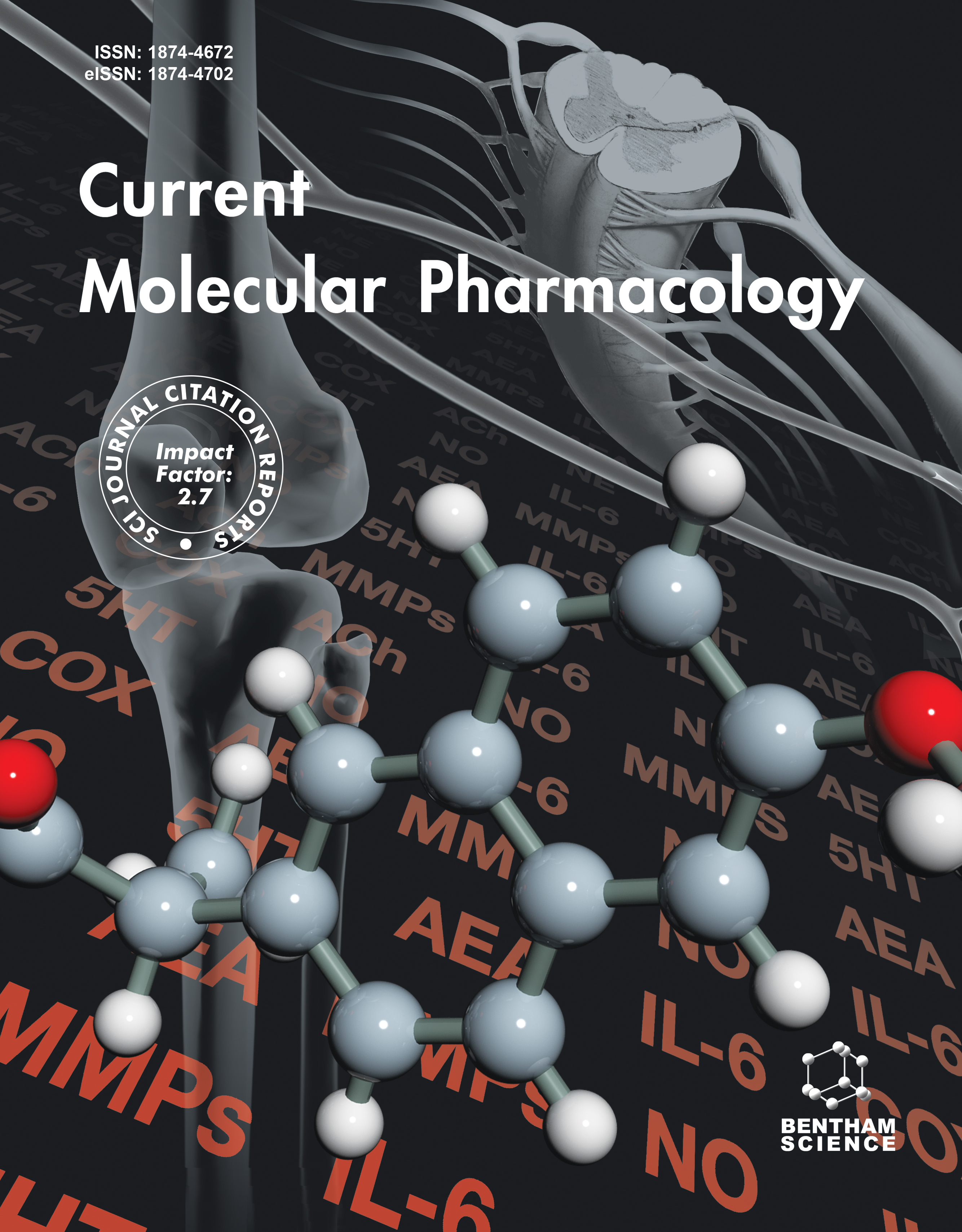-
oa Impact of Nicosulfuron on Sperm Quality: Insights into Testicular Cell Apoptosis and NF-κB Signaling Pathway in Mice Testes
- Source: Current Molecular Pharmacology, Volume 17, Issue 1, Jan 2024, e18761429282063
-
- 03 Oct 2023
- 08 Nov 2023
- 30 Jan 2024
Abstract
Nicosulfuron, a widely used herbicide in crops, has raised concerns due to its escalating presence as an environmental pollutant, particularly in soil and water. The potential adverse effects of nicosulfuron on animals, including reproductive toxicity, have garnered attention.
The study aimed to evaluate the reproductive toxicity of nicosulfuron in male mice.
Male mice were orally administrated with three different concentration gradients (350, 700, and 1400 mg/kg) of nicosulfuron for 35 days. The investigation delved into sperm quality, testicular structures, and expression of cleaved caspase-3 and NF-κB p65 of the testes.
The finding unveiled a correlation between nicosulfuron exposure and detrimental effects on sperm quality and alteration of testicular structure. Notably, parameters, such as sperm survival rate (SUR) and sperm motility (MOT), exhibited a decline in relation to increasing nicosulfuron dosages. Moreover, in the mice subjected to higher doses of nicosulfuron, elevated expression of cleaved caspase-3 and NF-κB p65 was observed in the testes. Interestingly, we also observed an increase of NF-κB p65 expression in the mice exposed to the nicosulfuron.
Our research revealed that exposure to nicosulfuron resulted in compromised sperm quality and alterations in testicular structure. The correlation between nicosulfuron and apoptosis, especially via the NF-κB pathway, provided significant insights into the mechanisms underpinning these detrimental effects. These findings significantly enhance our comprehension of the potential hazards associated with nicosulfuron exposure and its impacts on the reproductive health of animals.


